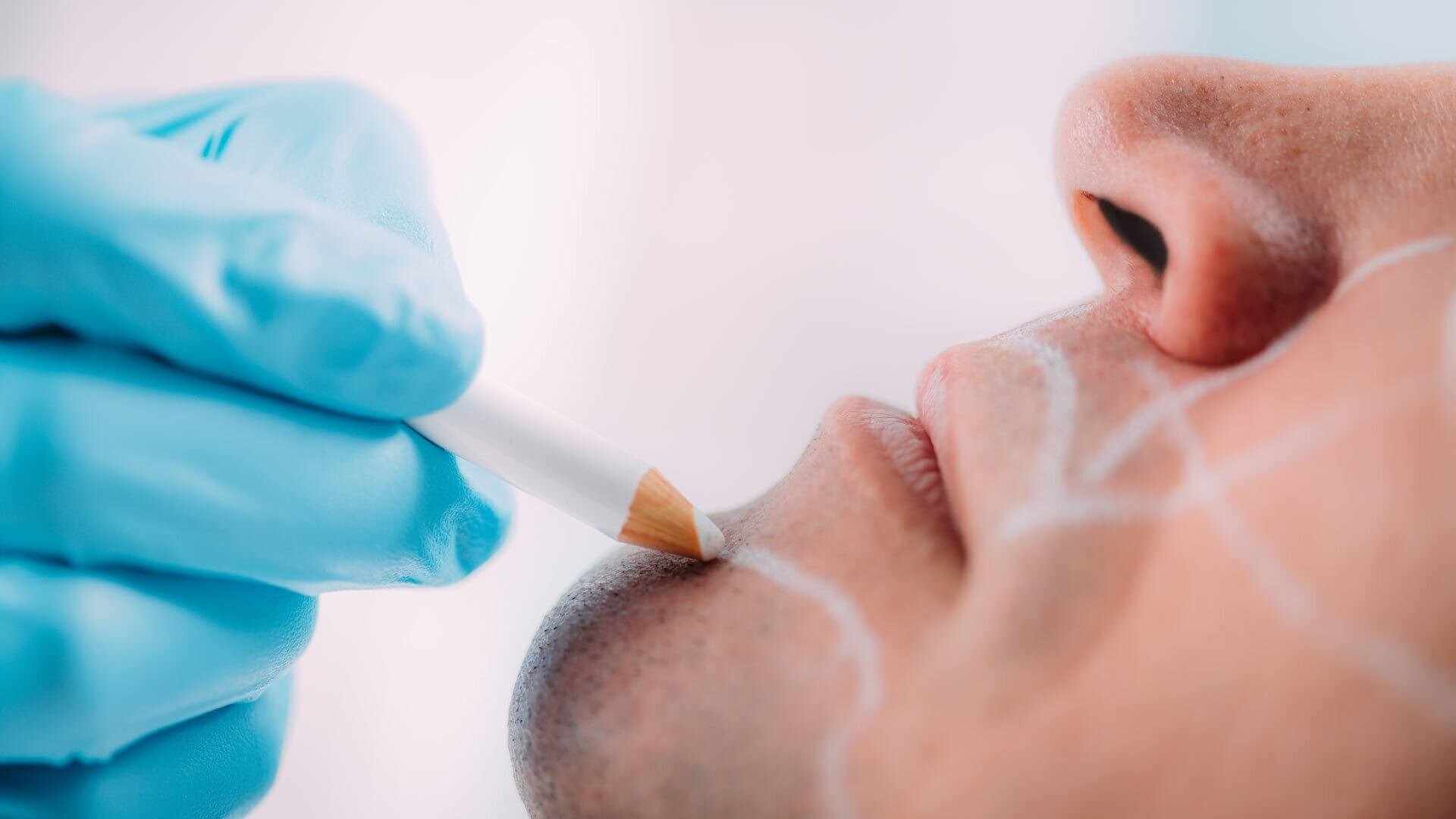When it comes to filling out areas of the face, there are two popular choices: fillers and fat transfer. Fillers and natural fat transfer to the face can replenish volume lost with age or give volume to areas where desired, such as the lips. Each procedure has its pros and cons. As with all cosmetic procedures, neither is one-size-fits-all. A potential patient should consider the degree of change they’re looking for, finances, and the upkeep needed for each option.
- How long does fat transfer face last?
- Is facial fat transfer safe?
- Can you reverse fat transfer face?
Natural fat transfer
A natural fat transfer involves a procedure in which your doctor will take fat from another part of your body, such as your thighs, and transfer it to the needed places in your face. A minimal amount of fat will be removed.
Pros: A natural fat transfer lasts significantly longer than fillers. The fat establishes blood supply in its newly placed area, allowing it to last a very long time. Fat contains natural stem cells, which may help rejuvenate the look of the surrounding skin as well.
Cons: This is a surgical procedure and will require general anesthesia and downtime. Because of this, not everyone is a good candidate for natural fat transfer. There is a chance the fat will not become established in the face, and the procedure may need to be redone after a period of time. And the costs associated with a natural fat transfer are higher than with fillers. Unpredictable poor healing in the form of granulomas, nodules, and irregularities are also more common with fat grafting than fillers.
Dermal fillers
Dermal fillers are injections of materials that give volume to different areas of the face. Fillers have come a long way, and nowadays, fillers are lightweight and move seamlessly with the face as it moves.
Pros: Getting fillers done is a quick, outpatient procedure. They can be done in your doctor’s office with no anesthesia (many fillers include a mild anesthetic in the formulation to minimize discomfort). There is no downtime and no risk of scarring. There is also less risk of side effects. In the short run, they are more cost effective than a fat transfer.
Cons: Fillers do not last more than a few months, and you will need to come back every so often for more fillers. In the long run, the cost of getting fillers every few months can add up.
Whether you’re considering a natural fat transfer to the face or dermal fillers, Dr. Edmund Fisher has you covered. Learn more and book your appointment here.




